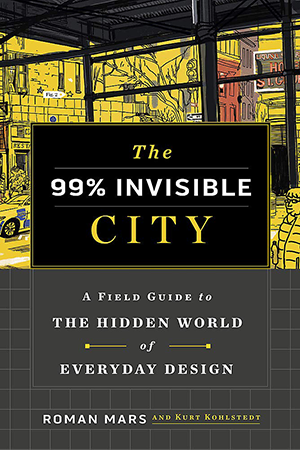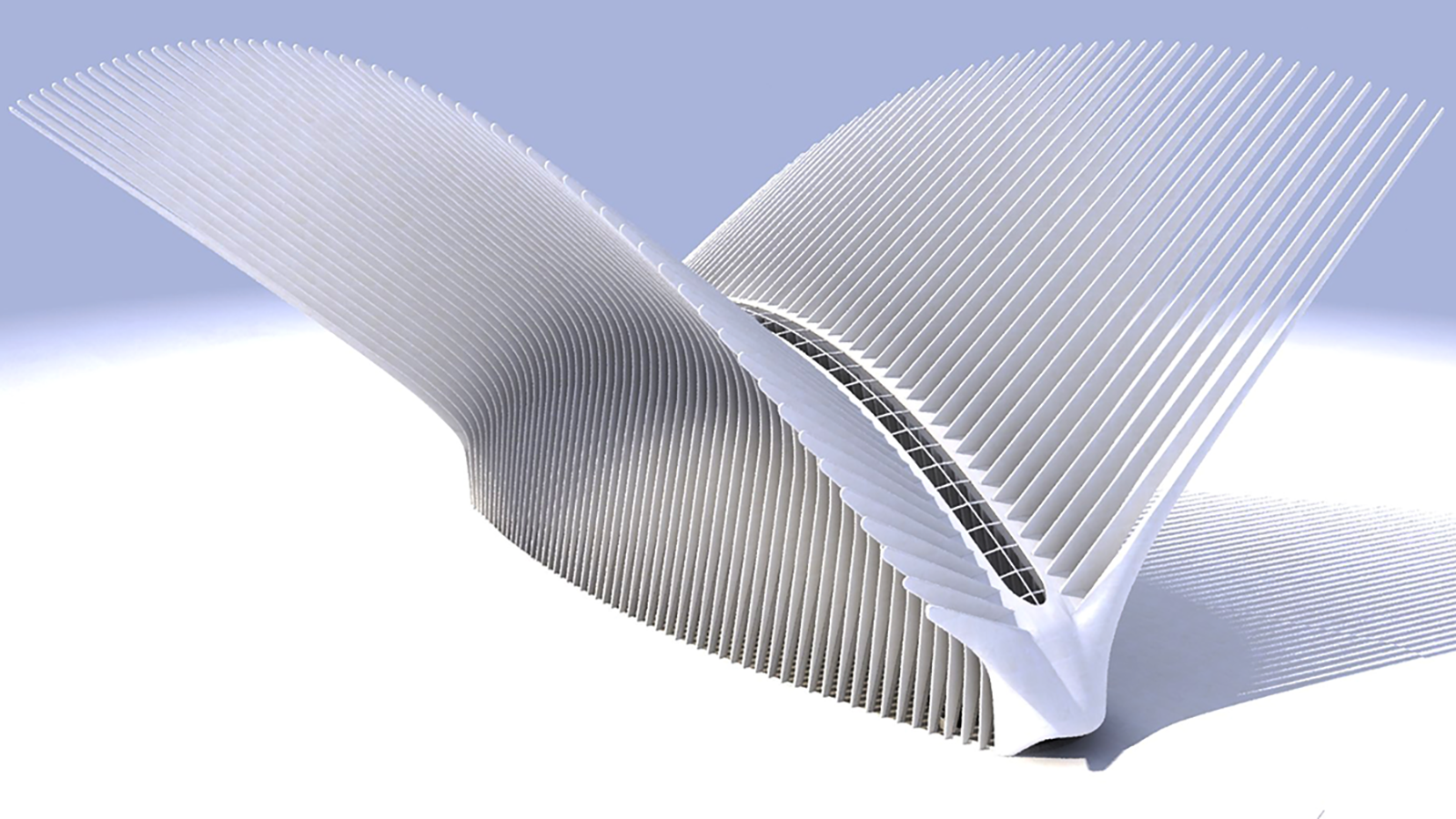 alt="">
alt="">
Library
Architecture
Michael P. Murphy
The Architecture of Health
Architecture of Health is a story about the design and life of hospitals-about how they are born and evolve, about the forces that give them shape, and the shifts that conspire to render them inadequate. Reading architecture through the history of hospitals is a deciphering tool for unlocking the elemental principles of architecture and the intractable laws of human and social conditions that architecture serves in each of our lives.This book encounters brilliant and visionary designers who were hospital architects but also systems designers, driven by the aim of social change. They faced the contradictions of health care in their time and found innovative ways to solve for specific medical dilemmas. Less-known designers like Filarete, Lluís Domènech i Montaner, Albert Schweitzer, Max Fry and Jane Drew, John Dawe Tetlow, Gordon Friesen, Thomas Wheeler, and Eberhard Zeidler are studied here, while the medical spaces of more widely-known architects like Isambard Brunel, Aalvar Aalto, Le Corbusier, Louis Kahn, and Paul Rudolph also help inform this history. All these characters were polymaths and provocateurs, but none quite summarizes this history more succinctly than Florence Nightingale, who in laying out her guidelines for ward design in 1859, shows how the design of a medical facility can influence an entire political and social order.Architecture of Health, richly illustrated with images and never before published renderings and drawings from the MASS Design Group, charts historical epidemics alongside modern and contemporary architectural transformations in service of medicine, health, and habitation; it explores how infrastructure facilitates healing and architecture's greater role in constructing our societies.
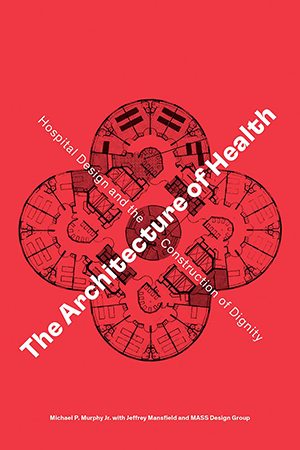
Phaidon Editors
Atlas of Brutalist Architecture
A landmark survey of one of architecture's most controversial yet popular styles -- in a great, new, classic edition The Brutalist aesthetic is enjoying a renaissance -- and this book documents Brutalism as never before. In the most wide-ranging investigation ever undertaken into one of architecture's most powerful movements, more than 850 Brutalist buildings -- existing and demolished, classic and contemporary -- are organized geographically into nine continental regions. Much-loved masterpieces in the UK and USA sit alongside lesser-known examples in Europe, Asia, Australia, and beyond -- 102 countries in all, proving that Brutalism was, and continues to be, a truly international architectural phenomenon.
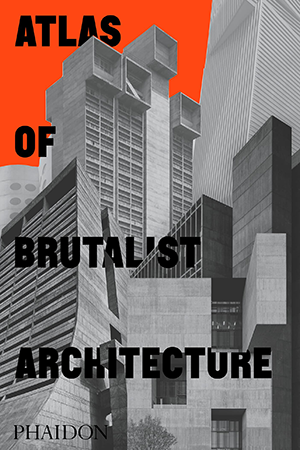
Dina Battisto
Architecture and Health
Architecture and Health recognizes the built environment and health as inextricable encouraging a new mind-set for the profession. Over 40 international award-winning projects are included to explore innovative design principles linked to health outcomes. The book is organized into three interdependent health domains—individual, community, and global—in which each case study proposes context-specific architectural responses. Case studies include children’s hospitals, rehabilitation facilities, elderly housing, mental health facilities, cancer support centers, clinics, healthy communities, healthcare campuses, wellness centers, healing gardens, commercial offices, infrastructure for developing countries, sustainable design, and more. Representing the United States, Africa, Asia, Europe, and Australia, each author brings a new perspective to health and its related architectural response. This book brings a timely focus to a subject matter commonly constricted by normative building practices and transforms the dialogue into one of creativity and innovation. With over 200 color images, this book is an essential read for architects, designers, and students to explore and analyze designed environments that promote health and well-being.
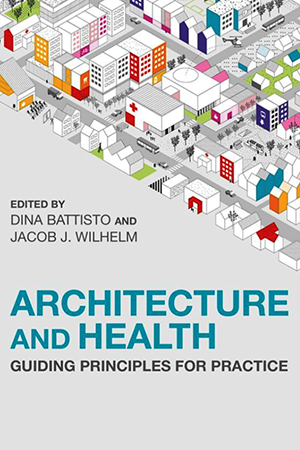
Roman Mars
The 99% Invisible City
A beautifully designed guidebook to the unnoticed yet essential elements of our cities, from the creators of the wildly popular 99% Invisible podcast Have you ever wondered what those bright, squiggly graffiti marks on the sidewalk mean? Or stopped to consider why you don't see metal fire escapes on new buildings? Or pondered the story behind those dancinginflatable figures in car dealerships? 99% Invisible is a big-ideas podcast about small-seeming things, revealing stories baked into the buildings we inhabit, the streets we drive, and the sidewalks we traverse. The show celebrates design and architecture in all of its functional glory and accidental absurdity, with intriguing tales of both designers and the people impacted by their designs. Now, in The 99% Invisible City: A Field Guide to Hidden Worldof Everyday Design, host Roman Mars and coauthor Kurt Kohlstedt zoom in on the various elements that make our cities work, exploring the origins and other fascinating stories behind everything from power grids and fire escapes to drinking fountains and street signs. With deeply researched entries and beautiful line drawings throughout, The 99% Invisible City will captivate devoted fans of the show and anyone curious about design, urban environments, and the unsung marvels of the world around them.
